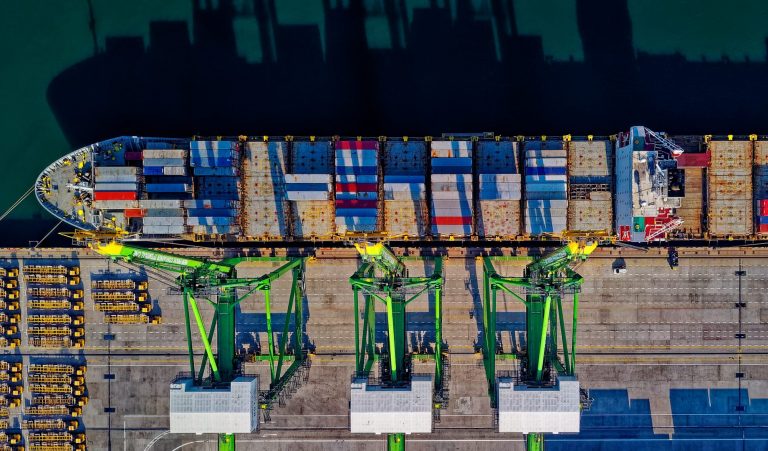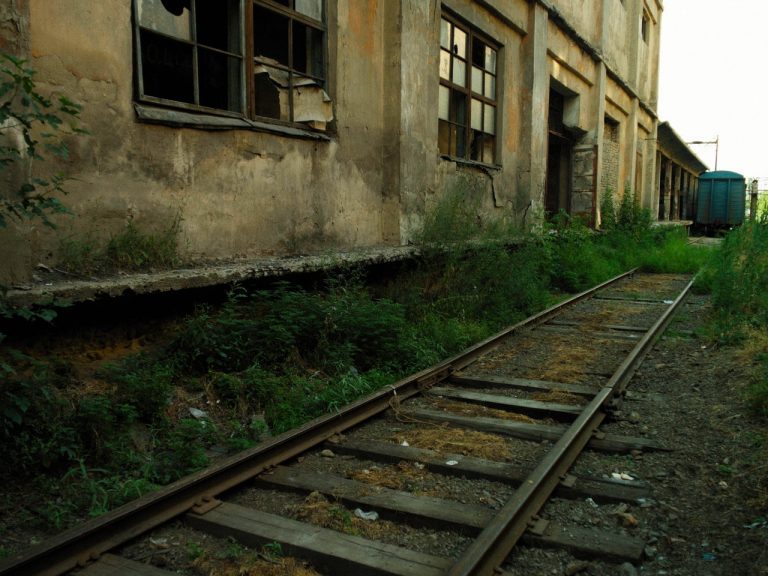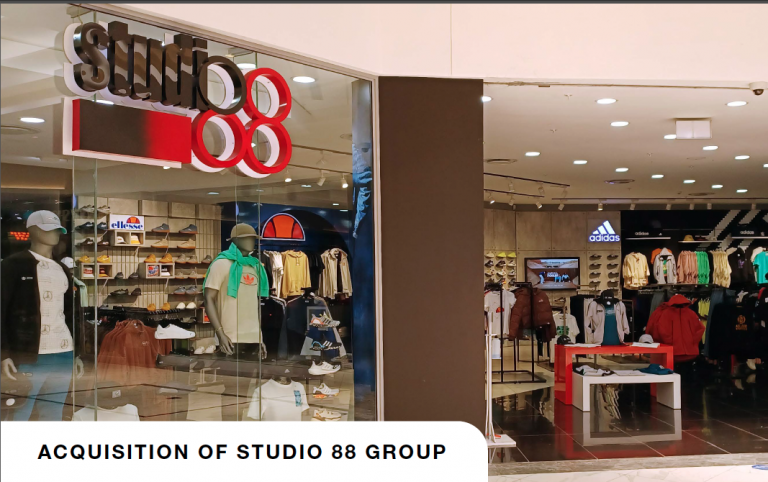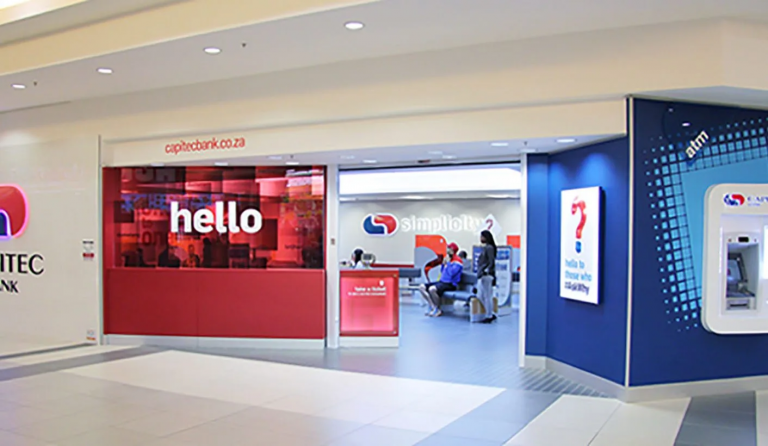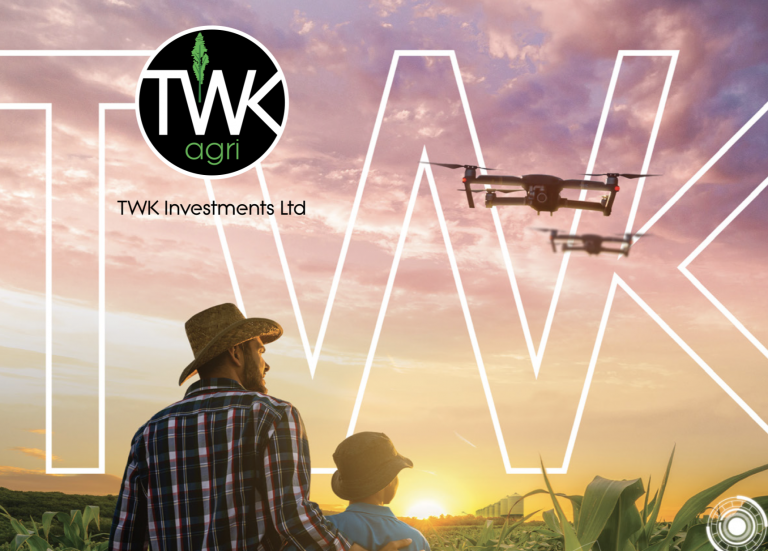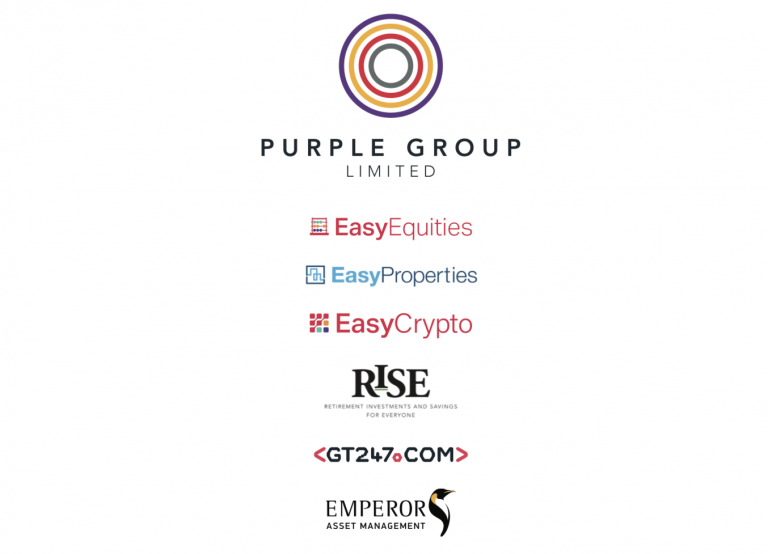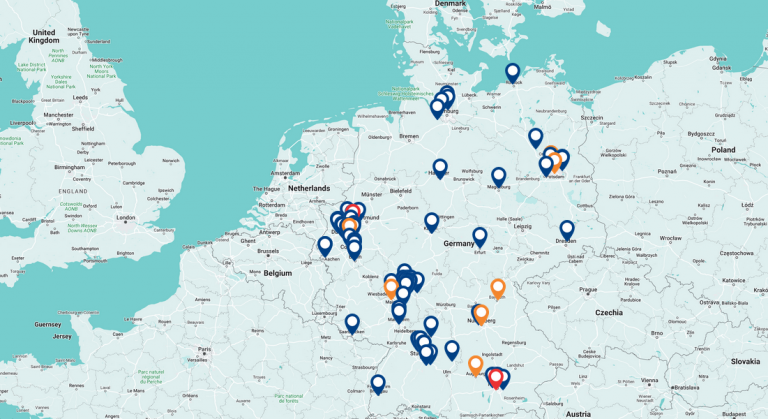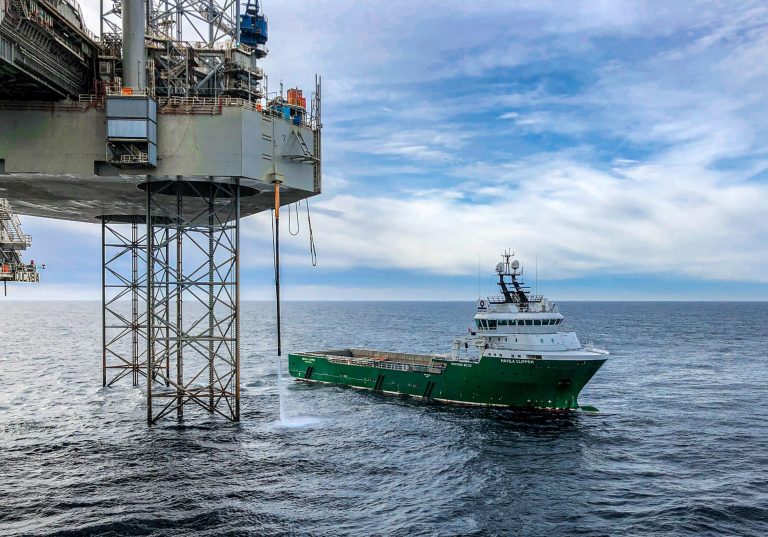Any earnings release by Purple Group is guaranteed to get people excited on Twitter. As the controlling shareholder in Easy Equities, Purple is largely responsible for creating an entire cohort of new retail investors in South Africa.
For that, I will always admire them. In a country with a terrible savings culture, this is exactly what was needed. Based on their love for the product, that army of investors has also piled into Purple’s shares over the past couple of years. This has driven the market cap into the stratosphere, leaving big shoes for the profitability of the group to fill.
The latest news is the release of results for the six months to February 2022.
I’ll start with the unit economics, as this is a growth stock after all. The group needs clients who trade and invest, not clients who sit with small balances and don’t do anything. It helps that the cost to acquire a client is low at R80 per client, down 24.7% vs. the comparable period. The ability to build a large user base at a low cost is core to the bull thesis around Purple.
Despite the improvement in unit economics, group costs increased by 39.7%, ahead of revenue growth of 36%. Still, profit increased by 114.2% to R17.7 million from R8.3 million in the prior period.
If we delve into the segmentals, we see that the much-loved EasyEquities business grew revenue by 27.9% to R108.7 million. The company points out that portfolio turnover has returned to pre-Covid levels, which is to be expected in a more “normal” equity market.
Funded retail accounts increased by a gigantic 85.9% to 966,299 accounts and platform assets increased by 36% to R36.5 billion.
Without losing sleep over the rounding, this implies average assets per funded account of around R38,000. At a 0.25% brokerage fee, this implies revenue of R95 on this account assuming it is fully invested and there is no churn. In other words, assuming it is invested in full and then left alone to grow. This means that EasyEquities is in the green vs. the cost to acquire a client even if there is no churn on the portfolio.
This is a measure of risk of course (e.g. break-even on a new client) rather than revenue growth, but it’s still interesting.
Speaking of growth, I’m afraid that there isn’t much of it at net profit level. Profit after tax of R23.3 million is just 4.3% higher than the comparable period. I suspect that my matchbox calculation above (which reflects a thin profitability layer per new client) and a period of subdued market activity for all clients is to blame. Although revenue grew sharply, so did overall costs despite efficiencies achieved per new client.
If you split out RISE (profit up 601.5% to R3.4 million) then it looks like the core EasyEquities business went backwards in terms of profitability.
EasyCrypto contributed R4.5 million in profit to the EasyEquities Group, representing over 19% of profit. Purple Group has acquired the remaining 49% of EasyCrypto with an effective date of 1 March 2022. This has proven to be an excellent deal for the group, demonstrating the value of building distribution for financial products.
EasyProperties is coming off a small base but is still growing quickly, with revenue up 146.4% and invested clients up 255.89% to 59,330.
Moving on to GT247.com, there’s been a pleasing improvement there. Revenue increased by 98% to R25.9 million and profit after tax was R4.9 million vs. a loss of R3.3 million in the prior period. This swing of R8.2 million explains nearly the entire improvement in group profitability.
Going forward, the company is going to focus on what it does really well: bringing in new clients at a low cost. There are partnerships with Discovery Bank and Telkom launching later this year. The group is also expanding internationally, with operations being rolled out in Kenya and the Philippines.
The share price closed 3.8% lower yesterday. It is up more than 160% in the past 12 months and down 7% this year.
With HEPS in this period of 1.63 cents, then an annualised price/earnings multiple would be over 85x. This makes no sense at all based on current earnings growth rates, so those with a long view on Purple at this price are believing strongly in Purple’s ability to monetise the user base with other financial products.
This is a powerful thesis based on Purple’s low cost to acquire a client, but it is effectively “pricing in” some rather flattering assumptions about how the business might develop.
The bear case is built around the unit economics, as Purple doesn’t make money unless clients are actively trading and investing. When markets are volatile, that’s positive for revenue. In “normalised” markets where a 15% annual return is a solid year, the fear is that many inexperienced investors may run out of patience and disappear.
I am a very happy EasyEquities client. I am not a shareholder in Purple.

